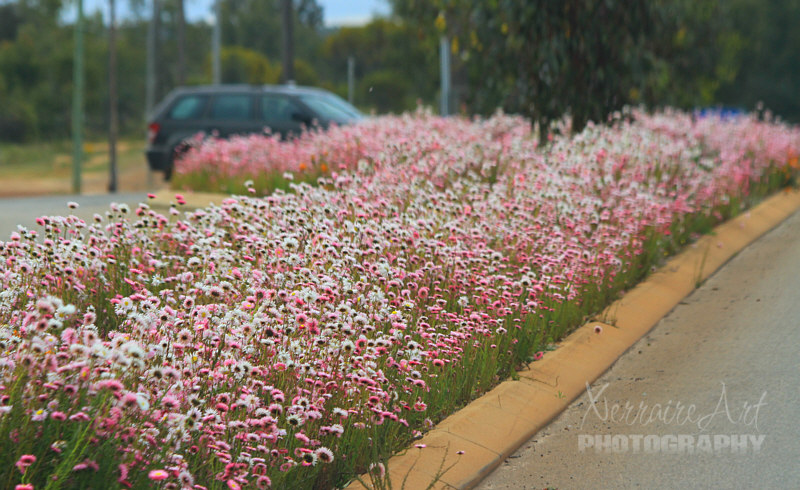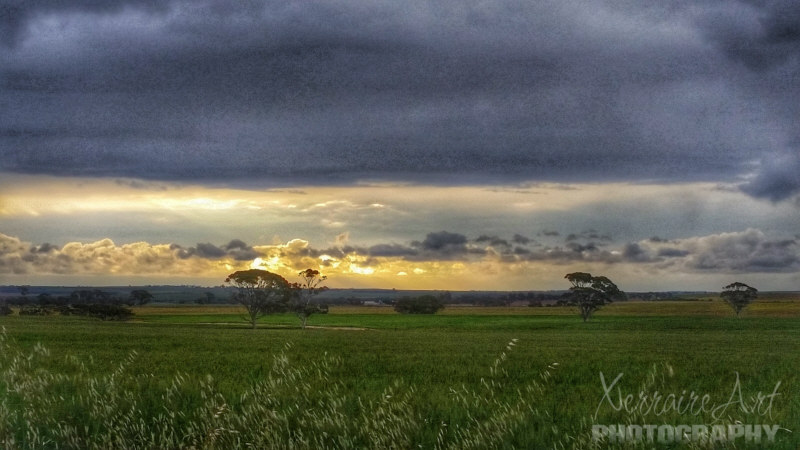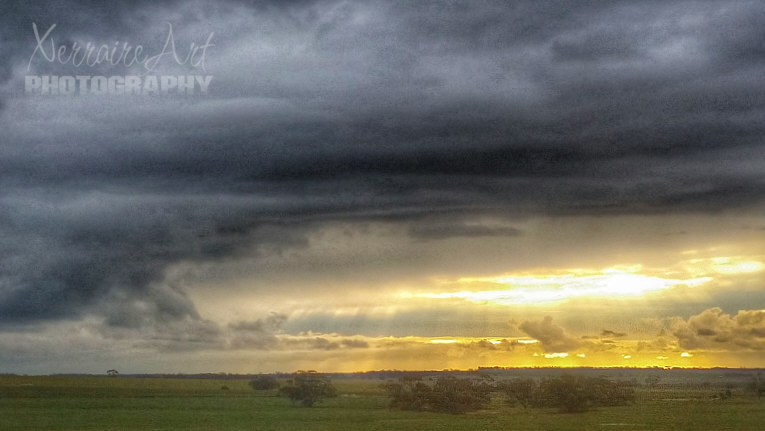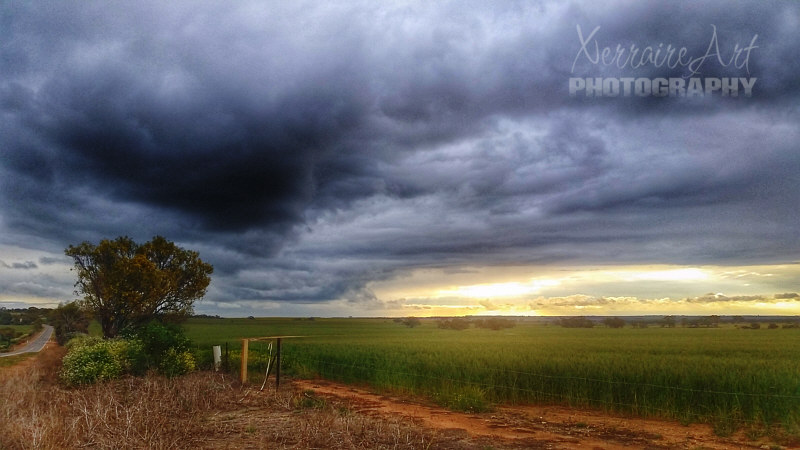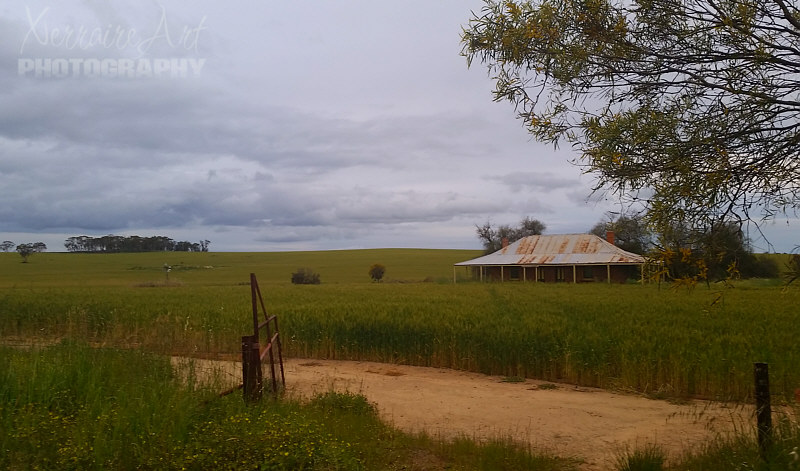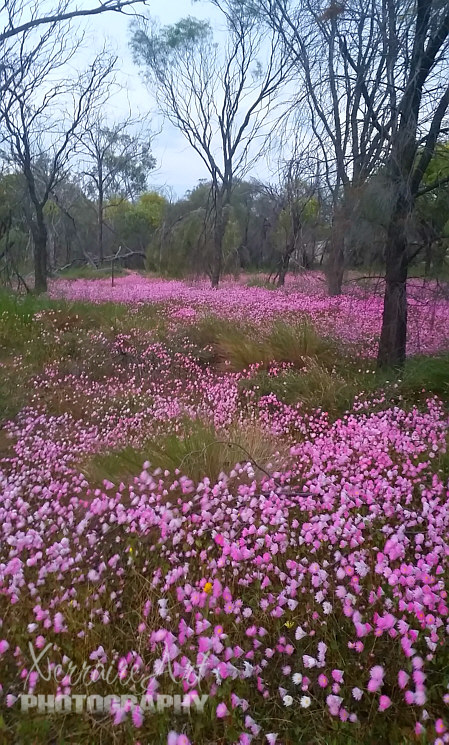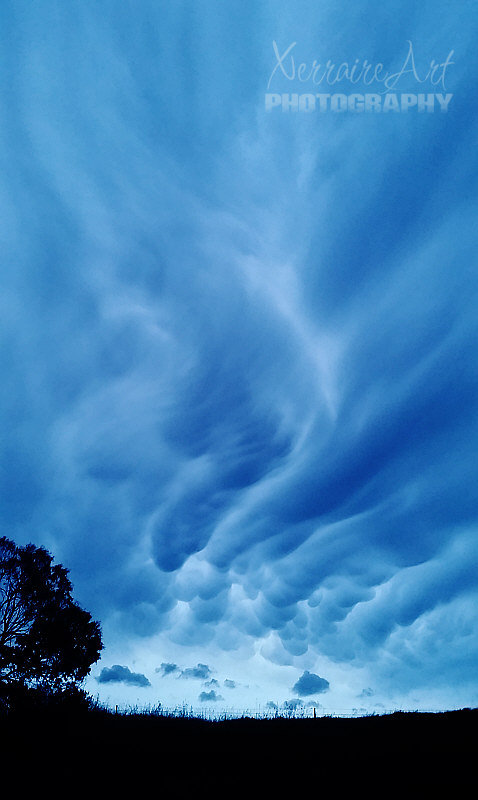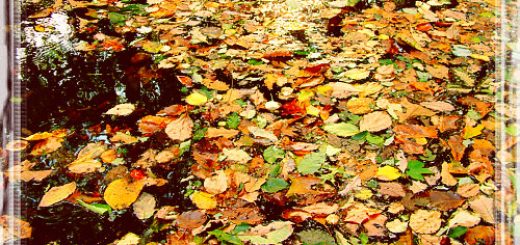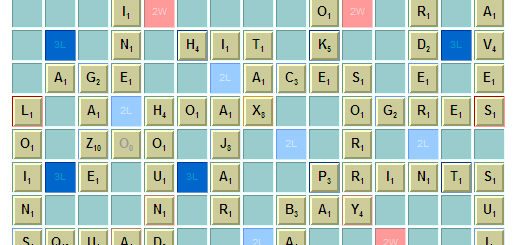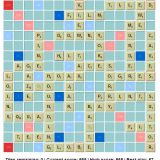Lake Ninan, Everlastings, and Interesting Spring Weather
in Perth, the start of spring 2016 has been declared the most cold and wet in decades.
This kind of spring weather has made our outings hard to plan, and has us watching radar maps a lot as we travel.
One of our first stops today was Lake Ninan near Wongan Hills.
Lake Ninan was once a thriving saline wetland ecosystem home to abundant fish and bird life. But like many wheat belt areas, over the years deforestation and farming has caused the water table and salinity levels to rise. The lake is affected by everything that happens in the catchment area that extends north as far as Bindi Bindi. Fish species that were once abundant are no longer consistently present, and the numbers and variety of birds has reduced due to lack of food in the lake.
Lake Ninan has played a significant role in the life and times of Wongan Hills Shire since early settlement days. Around 1910 water from the lake was carted up to the town by camels to supply steam trains, and housewives used to go down to the lake to wash their families’ clothes.
In the 1950’s and 60’s, salt was mined from the lake and a tent settlement and school were set up nearby.
Throughout the history of settlement in the area the lake has been a meeting place and recreation site used for boating, water skiing, swimming, picnics, scout camps and fishing – although rising salinity and environmental degradation has made it less suitable for recreation than it once was.
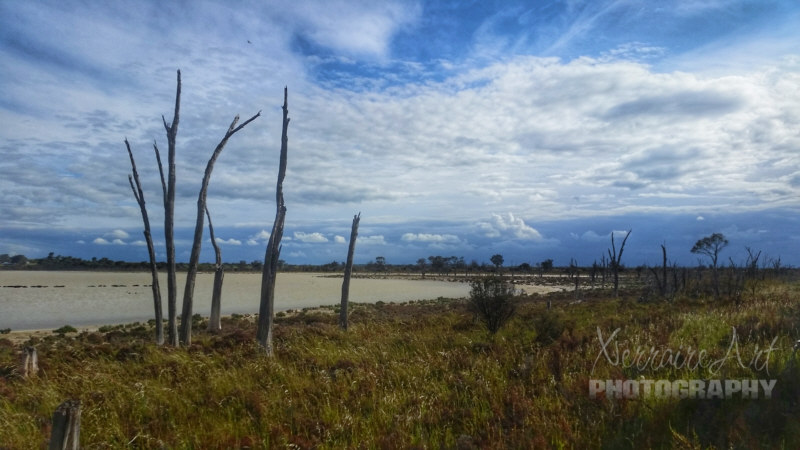
Not sure I can accurately describe Lake Ninan. It’s a combination of creepy, strange, and beautiful at the same time. It’s almost ghost-like.
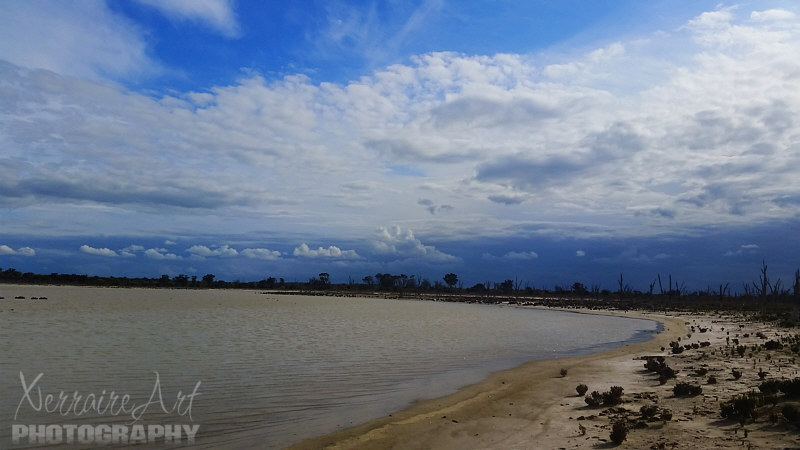
It can almost feel haunting, nothing to hear but the salt crunching under your feet and the howling of the wind.
With little to see or do, after a few photos, we decided to leave…
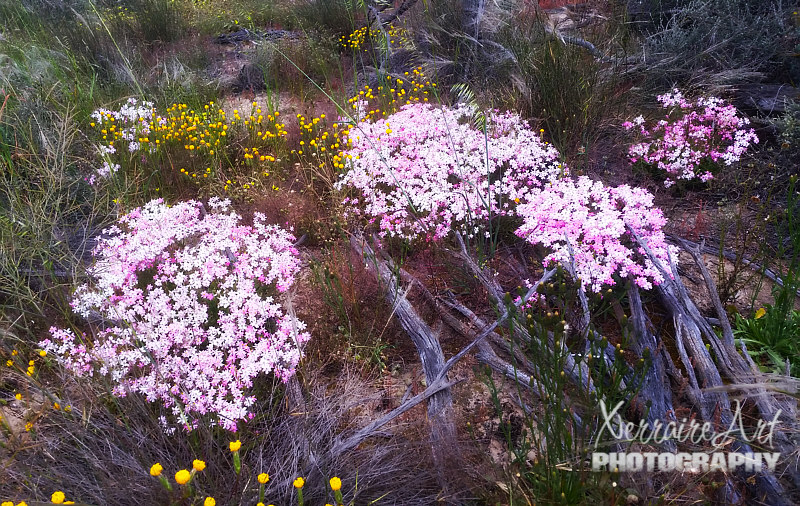
As we were leaving, just a few feet down the road, I spotted some unexpected color that looked like everlastings!
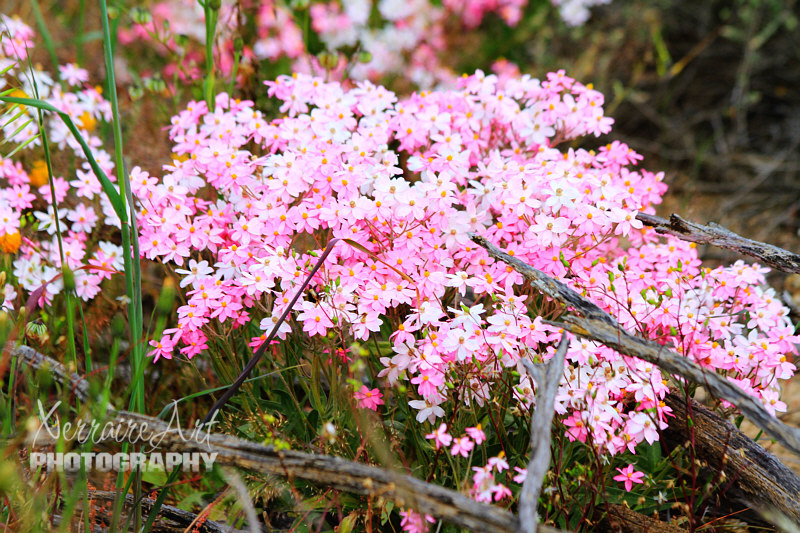
Closer inspection revealed, not the kind of everlasting we are used to, but yet another. Seemed like such an odd location to see such colorful life.
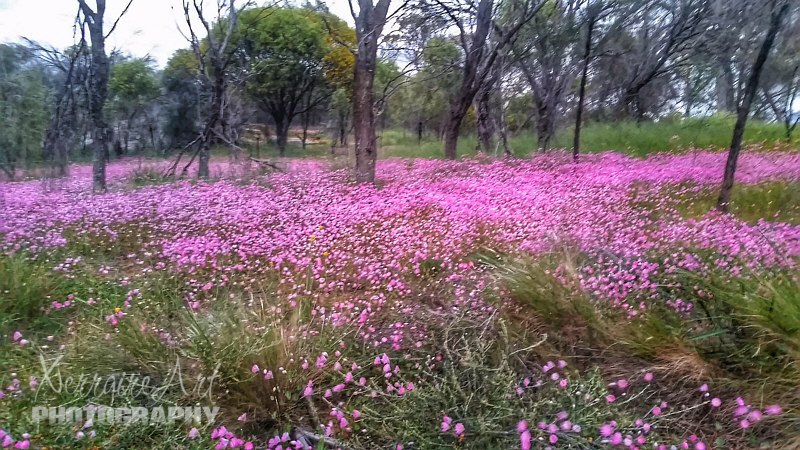
If there is a favorite place in springtime for me on earth, I guess it would be this spot. Everlasting flowers that cover the woods for as far as the eye can see.
At this point, I decided to take a movie because photos alone just did seem to capture the essence of how broad the blanket of everlastings was…
As we devoted our time and cameras to the woods floor….we missed the story that was going on above…
Spring in Australia doesn’t seem that different from back home.

